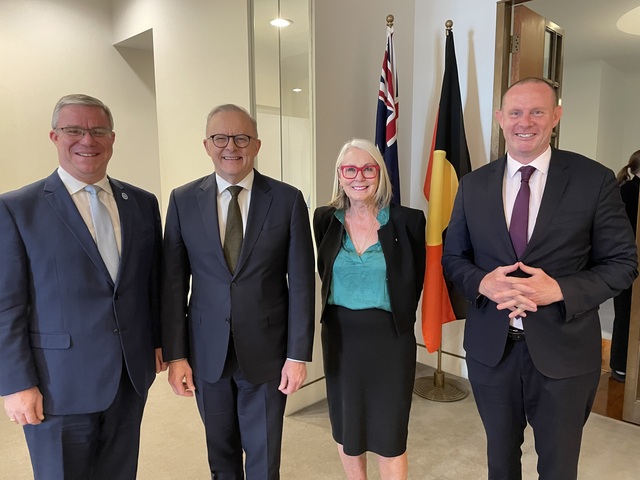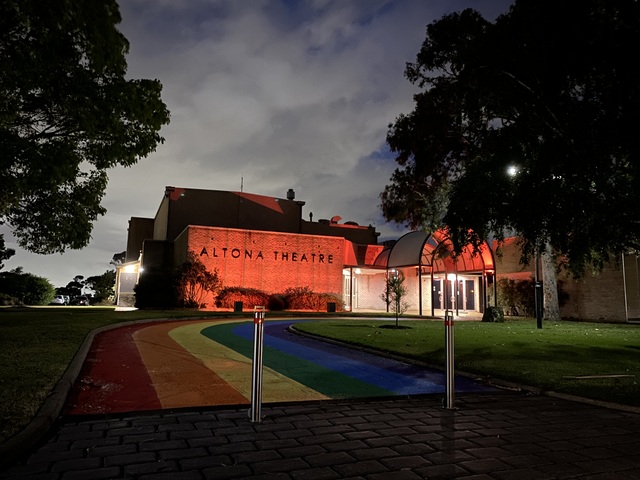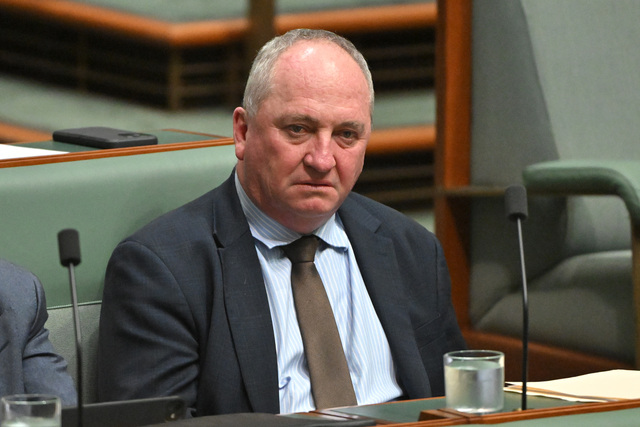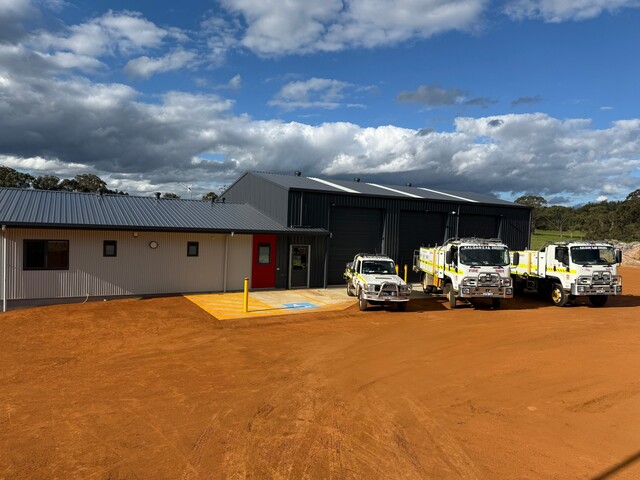Australian Local Government will be facing challenges surrounding infrastructure, amalgamations, and the federation white paper in 2015.
Infrastructure.
The federal government’s $50 billion investment in infrastructure at the last budget saw work begin on 22 new major projects in 2014, with another 47 projects slated to start work this year.
Local governments can expect to benefit from the $500 million invested in the Black Spot programme for safer roads, the $300 million invested in the Bridges Renewal programme, and the $2.1 billion allocated under the Roads to Recovery programme.
Following the freeze on the indexation of the Financial Assistance Grants, $9.3 billion will be available to councils under the scheme this financial year.
The Federal government will also announce which projects have won funding through Round One of the National Strong Regions Fund (NSRF) in May.
$1 billion has been allocated to the project, and round one has focused on projects that are well-developed with advanced planning approvals so construction can start in the 2015-2016 financial year.
Deputy Prime Minister and Minister for Infrastructure and Regional Development Warren Truss welcomed the 405 proposals received for Round One.
“The level of interest demonstrates that local communities and councils value and understand the importance of building stronger regions and their importance to our future economic prosperity.”
Assistant Minister for Infrastructure and Regional Development Jamie Briggs said the Government would contribute up to half of each project’s cost to improve levels of regional economic activity.
“Particularly in Australia’s disadvantaged regions, the Australian Government is looking forward to working with state, territory and local governments on projects to support regional economic growth and sustainability.”
Round Two of NSRF will open on 1 May 2015 and close on 31 July 2015.
The federal Government has also committed $100 million over four years to the Mobile Black Spot Programme in order to improve mobile coverage.
Future Sustainability.
While funding is reaching councils in the form of infrastructure grants, the overall fiscal environment is quite tight.
In his last update of 2014, President of the Municipal Association of Victoria (MAV) Councillor Bill McArthur said that he expects this year to be a critical period for securing the long-term financial sustainability of local government.
“There is a strong reform agenda, with a particular focus on a smaller footprint for the federal government, and reducing duplication and overlap of service delivery roles.
“We’ll be working closely with the Australian Local Government Association (ALGA) to be influential participants in the Federation Review process, and a national campaign will be launched to seek restoration of indexation to Financial Assistance Grants.”
He also acknowledged that sector advocacy secured a range of funding wins
for councils.
“The Commonwealth Government agreed to continue funding its additional five hours of preschool in 2015, ensuring the continuation of affordable kindergarten programmes for around 73,000 Victorian children next year.
“The sector united in calling for ongoing State investment in local infrastructure, and the new Victorian Government has committed $2 billion for country and suburban roads, and a $250 million Regional Infrastructure Development Fund including dedicated funds for the 10 regional cities and 38 rural shires.”
Federation White paper.
The ALGA has announced the theme for the 2015 National General Assembly of Local Government as ‘Closest to the Community: Local Government in the Federation’.
The theme will address the White paper process on Federation and Taxation, which is expected to be a major political driver
this year.
ALGA President Mayor Troy Pickard in his final President’s column for 2014 said the programme will focus on the role of local government in the community and the impacts the proposed changes will have on the sector.
“Local Government must be engaged and clearly articulate the importance of the direct Commonwealth-local government financial relationship and our role in the Federation.
“This will be an area that ALGA will focus considerable energies on, and I urge you all to ensure it also forms part of your agenda in 2015.”
‘Issues Paper 4 – Roles and responsibilities in Education’ was released in late December and acknowledged the important role that local governments play in early childhood care.
Amalgamations.
Amalgamations are currently on the agenda in multiple states.
Metropolitan Perth saw the announcement of the new council boundaries late last year, reducing the number of councils from 30 to 16.
The forced amalgamations were strongly opposed, including a failed Supreme Court appeal, and uncertainty remains for regional councils in Western Australia.
Whilst in Tasmania, discussions surrounding voluntary amalgamations will soon begin.
The Hon Peter Gutwein MP, Minister for Planning and Local Government in Tasmania announced meetings would begin in February.
“We know from informal discussions that there is an appetite for structural reform in Local Government to deliver improved services to communities.
“With the elections concluded, now is the time to take the initiative and consider how we can improve councils’ strategic capacity, financial sustainability and service delivery.”
Meanwhile in New South Wales the government is continuing the ‘Fit for the Future’ project, with submissions due by June 30 2015.
In his final President’s message for 2014, Local Government New South Wales President Councillor Keith Rhoades acknowledged the challenges Fit for the Future poses for councils.
“Fit for the Future remains a very hot topic, and in anticipation of the support our members need in developing their proposals for the June Fit for the Future deadline, our Learning Solutions unit has planned a series of workshops for early 2015.”








